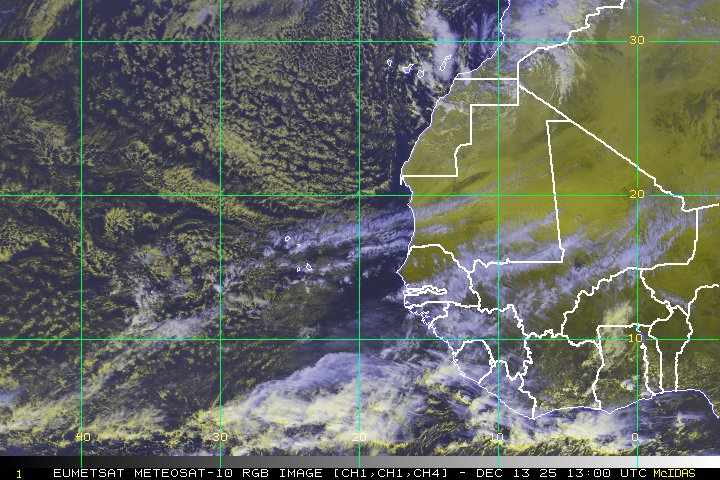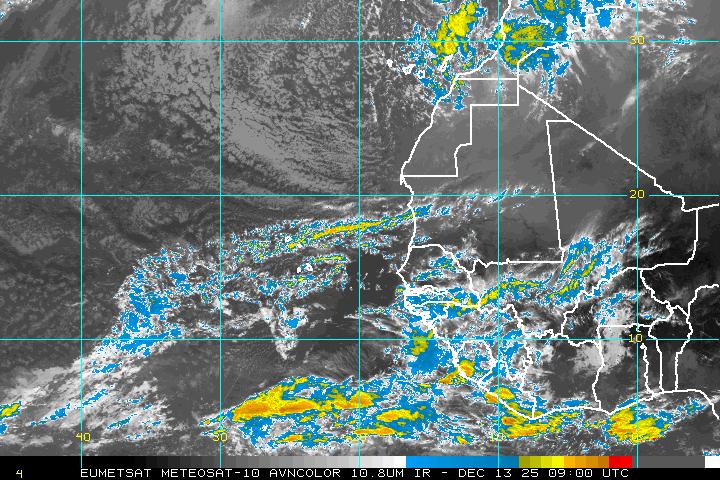The tropics continue to remain unusually active over the past few days, first with Chris turning up the maritime waters in the far North Atlantic, and now Invest 96L which looks to do some water turning of its own as it spins across the Gulf of Mexico. Now that Chris has become a post-tropical disturbance, our attention shifts to 96L which is poised to be the big tropical topic of discussion into the next work week. I’ve got the latest details below.
Invest 96L
Invest 96L has been taking its sweet time getting organized, the biproduct of a large gyre-like disturbance that organized through a northward progression of the intertropical convergence zone (ITCZ) merging with a disturbance off the Panama coast. Now the feature has been slowly moving northward in the Gulf of Mexico. Don’t let the convection fool you, the center is actually further west in region mainly devoid of convection currently. However, there are individual meosvorticies that are rotating around a larger mean center that are interacting with the convection. The lopsidedness nature of the system is partially due to 20-30 knots of westerly vertical wind shear over the circulation, which is being caused by a upper level trough dropping down from Texas into the Western Gulf of Mexico. This has caused the upper-level anticyclone to be displaced further east of the storm. All of these factors will probably prevent rapid development in the short term, although the system is still gradually getting better organized, and we will likely see tropical cyclogenesis (TCG) sometime in the next 24-48 hours. I am in agreement with the NHC’s assessment that this system has an 80% chance of development in the next 48 hours. With that said, what does the future hold; how strong can 96L get, and where is it going to go?

500 hPa model evolution of both the ECMWF and GFS runs from 00z on 23 June. Plotted are the 500 hPa absolute vorticity (shaded) as well as the geopotential heights (contours). Relevant features are highlighted
Trackwise, things are very much split at this time. This is highlighted in the most recent plot of the model track guidance, showing two main groups taking the system is opposite directions. This difference is highlighted by looking at both the 00z runs of the ECMWF and GFS. The first observation worth noting is that there are not huge differences in the mid-level pattern between each run in the 24-48 hour time frame. The ECMWF does have a touch more ridging in place at 48 hours, but this difference is minor. What is significant though is the estimate position of 96L in both time frames. The ECMWF is distinctly further south and ever so slightly further west. This allows the system to be captured by the easterly flow on the back of an amplifying ridge, which then steers the system westward towards the Texas coastline. The GFS is the polar opposite. The system goes too far north, so the ridge is not able to capture the disturbance fully. Instead, the mid-latitude flow associated with an amplifying trough in the Eastern United States captures the system and the westerly flow associated with the East US trough draws the storm eastward across Florida and then out into the open Atlantic. While these differences are extreme, 96L starts off in very similar positions for the first 24-48 hours, which highlights how key the initial location of this system is. With gyre like circulations such as this, individual mesovortices often can pull a mean center towards that piece of vorticity if the feature is strong enough. Since the convection will likely be focused on the eastern flank of the circulation, there is a decent chance one of those mesovortices could pull the system further east than expected in the short term. This would tend to lend credence to the GFS solution. If the system moves too far northward, it could very well be captured by the amplifying trough that will dig into the east by 72 hours. At this point, its difficult to make a call either way due to the formative nature of this disturbance, but it is likely we will have better agreement by this time tomorrow when the circulation becomes better defined. Thus, for those that have interests in the Gulf of Mexico, stand on guard anywhere from the TX/MX border all the way to the Florida Peninsula. This system simply has not yet decided where it wants to go.
Intensity is also still somewhat up in the air. Most of the intensity guidance is painting very slow intensification, with the statistical guidance being the most bullish calling for a moderate tropical storm. The main reason for the slow intensification trend is the continuation of moderate vertical wind shear, thanks in part to an upper level low that will be rotating to the west of 96L. This will probably limit development for the first 24-48 hours, although this feature is forecast to weaken later in the period. At this point I don’t want to get too caught up into the details, as much of this intensity forecast will be directly linked to the ultimate track this disturbance takes. In the end, the biggest threat remains very heavy rainfall which has already been experienced across the Florida coastline and will likely continue over the next few days.
Thats all I have for the time being as the rest of the tropics are now quiet. I’ll try to give another update on 96L, possibly Debby by tomorrow.













Phil,
Attention has been shifted to 96L for sometime now, how about some more in depth thoughts.
Shawn,
You are right the primary focus is on 96L now, which seemed poised to become a tropical storm later today. What in particular would you like more detail on?